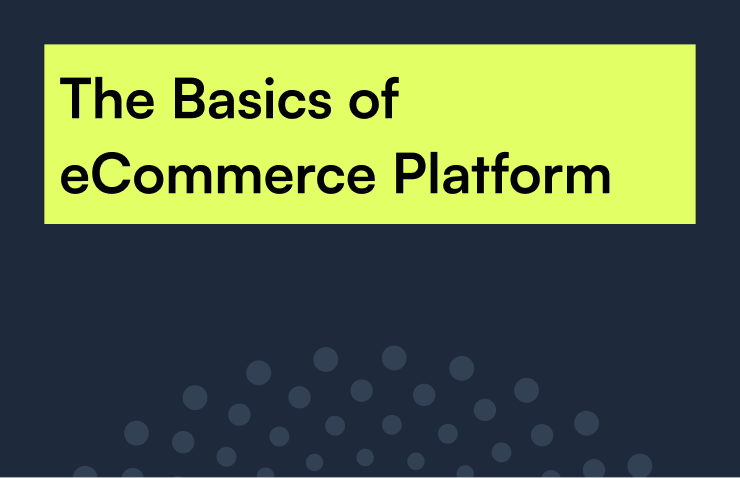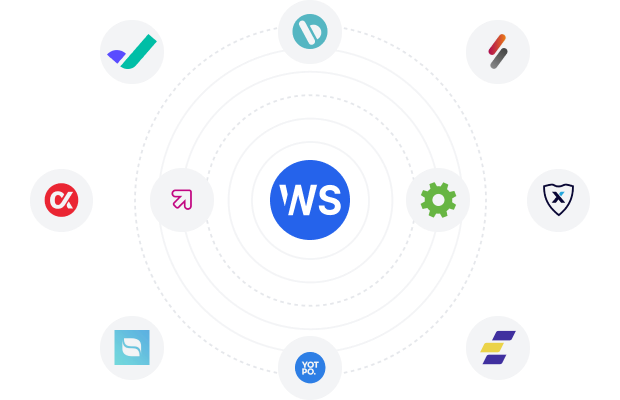
Whether you’re looking to expand your current eCommerce operations, upgrade your current online retail platform, or start an eCommerce presence from the bottom up – choosing the right technology will determine your ability to grow, scale and see returns on the investment in online commerce.
This guide explores the main types of platforms that business professionals will need to be familiar with to choose the right system.
On-Permise
On-premise software is purchased for a licensing fee and installed on your servers. It’s a pre-made software, but there’s still plenty of room for customization. This is the middle ground of eCommerce platforms.
It also offers advanced security options and extremely high performance.
There are, however, a few drawbacks.
The initial investment with on-premise platforms can be pretty steep, and they require quite a bit of technical knowledge to maintain.
On-premise software is perfect for larger companies with high-security needs and a large online catalog. Magento 2.1 Enterprise edition in an on-premise software with countless customizations available to fit your needs.
Hosted
Hosted (or Saas, for Software as a Service) platforms are ready-made software packages for businesses with more modest needs.
Most hosted e-Commerce sites can be designed in a drag-and-drop system, requiring no coding knowledge. These sites aren’t very customizable, but they are ultra-quick to deploy and very affordable (often purchased as monthly subscriptions).
Hosted platforms are generally tailored for companies who want to get off of the ground quickly and have a comparably limited catalog. Better for smaller or emerging companies – these companies can be found online for a monthly fee.



